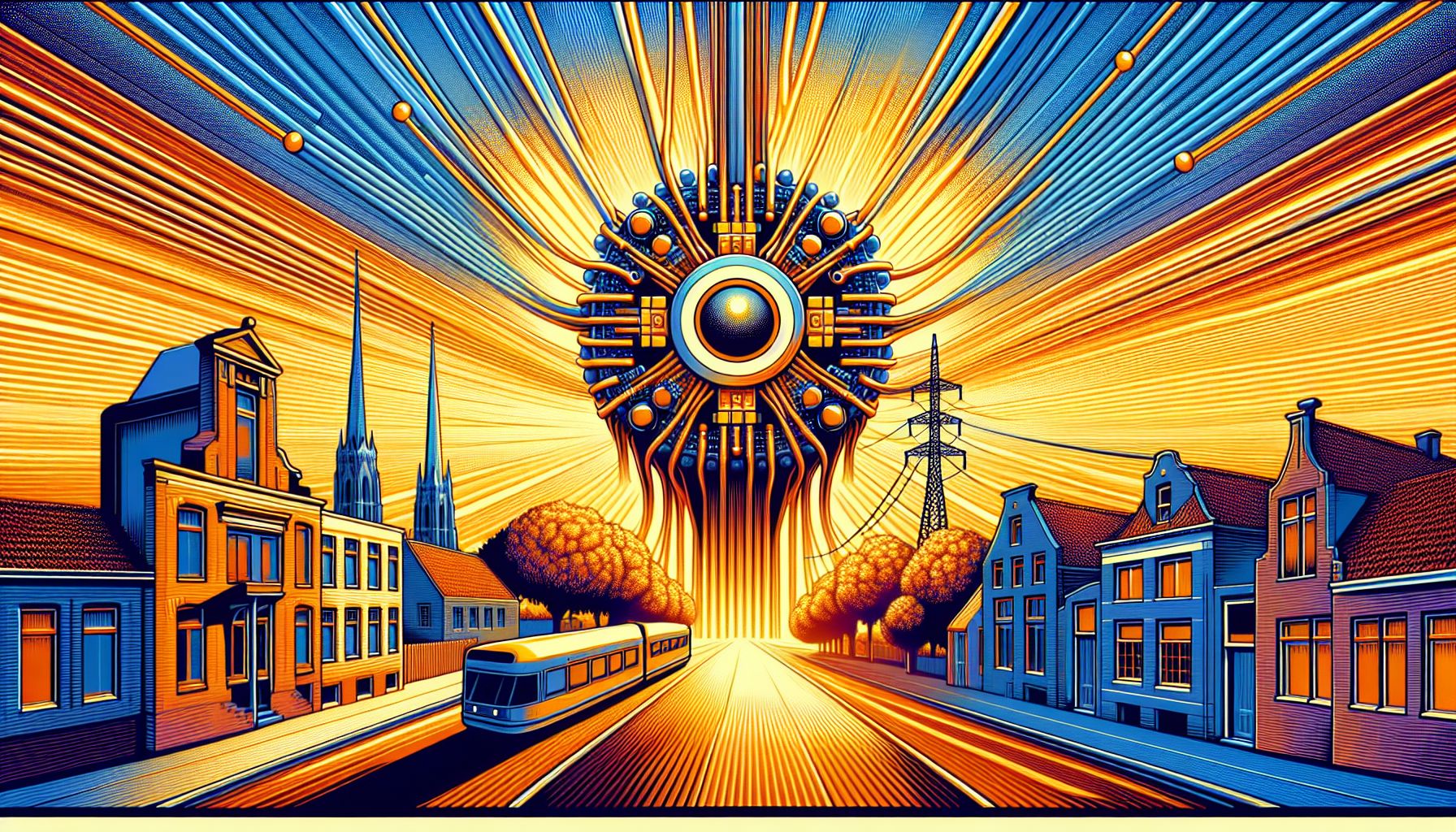Quantum Leap: Dutch Cities Connected by 25km Quantum Network

Delft, Friday, 1 November 2024.
Researchers at TU Delft have successfully linked quantum processors between Delft and The Hague over 25km of fiber optic cable, marking a significant step towards a quantum internet. This breakthrough demonstrates the potential for long-distance quantum communication in real-world conditions.
A Technological Milestone in Quantum Networking
The recent achievement by TU Delft and its collaborators represents a groundbreaking advancement in the field of quantum computing and networking. By connecting quantum processors over a 25-kilometer distance between the Dutch cities of Delft and The Hague, the researchers have taken a crucial step towards realizing a quantum internet. This network utilized existing optical fiber infrastructure, marking a significant transition from laboratory experiments to practical, real-world applications[1][2].
Understanding the Quantum Network
The innovative system involves independently operating nodes that are integrated with deployed optical internet fiber. This setup achieves a stable quantum link by maintaining photon stability, which is essential given the delicate nature of quantum states. The network relies on diamond spin qubits, which are connected via a midpoint station through optical fiber. Such a connection allows for quantum entanglement, where qubits can exist in superposition and become instantly correlated even over great distances[1][2].
Challenges and Innovations
Overcoming photon loss and ensuring reliable entanglement confirmation over long distances were significant challenges faced by the team. The researchers implemented a photon-efficient protocol that required the stabilization of the fiber link to within less than one micrometer, a precision comparable to maintaining the distance between Earth and the moon with millimeter accuracy[1][3]. This remarkable precision was achieved through innovations and contributions from international partners, including Fraunhofer ILT, OPNT, Element Six, Toptica, and KPN[1][2][3].
Implications for the Future
The successful demonstration of this quantum network not only sets a record for quantum processors but also lays the groundwork for future quantum internet capabilities. Such networks promise to enhance secure communication, support distributed computing, and uphold privacy in data transmission. As part of the European Quantum Internet initiative, this project underscores the potential for scalable and modular quantum networking architectures, capable of connecting multiple quantum processors across vast distances[1][3].
A Collaborative Effort
The project was led by QuTech, a collaboration between the Delft University of Technology (TU Delft) and the Netherlands Organization for Applied Scientific Research (TNO). Key figures in this groundbreaking research include Ronald Hanson and Arian Stolk, who played pivotal roles in achieving the quantum link. Their work represents a significant milestone in the development of digital infrastructure, aligning with national and European strategic goals[1][2][3][4].

